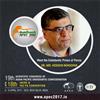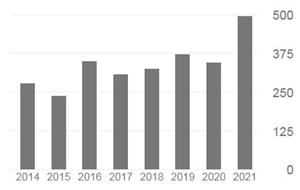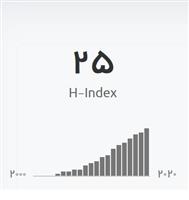Effect of Acid‐Etching Procedure on Selected Physical Properties of Mineral Trioxide Aggregate
Aim: To evaluate the effect of acid-etch procedures on the compressive strength and surface microhardness of tooth-coloured mineral trioxide aggregate (MTA). Methodology White ProRoot MTA (Dentsply Tulsa Dental) was mixed and packed into cylindrical tubes of 4 mm in diameter and 6 mm in height. Three groups, each of 15 specimens were subjected to an acid-etch procedure either 4, 24 or 96 h after mixing. The compressive strength was measured and compared with unetched control groups. Differences between groups were analysed using the Kruskall–Wallis test. A further batch of cylindrical specimens of 6 mm in diameter and 12 mm in height were prepared for testing surface microhardness. Three groups of 15 specimens were subjected to the acid-etch procedure at either 4, 24 or 96 h following mixing. Data were subjected to one-way anova. Changes in the surface microstructure before and after the acid-etch procedures were analysed using a scanning electron microscope (SEM).
Results: There was a general trend for the compressive strength and surface microhardness of specimens to increase with time. In terms of compressive strength, the increase was significant between 4 h and the other time periods for both experimental and control groups (P < 0.0001); however, there was no significant difference between 24 and 96 h. The increase in surface microhardness was significant between 4, 24 and 96 h (P < 0.0001). In addition, there was a significant difference between experimental and control groups at all time periods (P < 0.0001). SEM examination revealed morphological differences between the intact and the etched MTA surfaces.
Conclusions : Acid-etch procedures affected the compressive strength and surface microhardness of ProRoot MTA. This indicates that it may be better to postpone restorative procedures for at least 96 h after mixing MTA. Etching created surface changes that might have the potential to enhance bonding of resinous materials.














